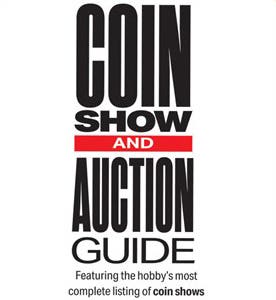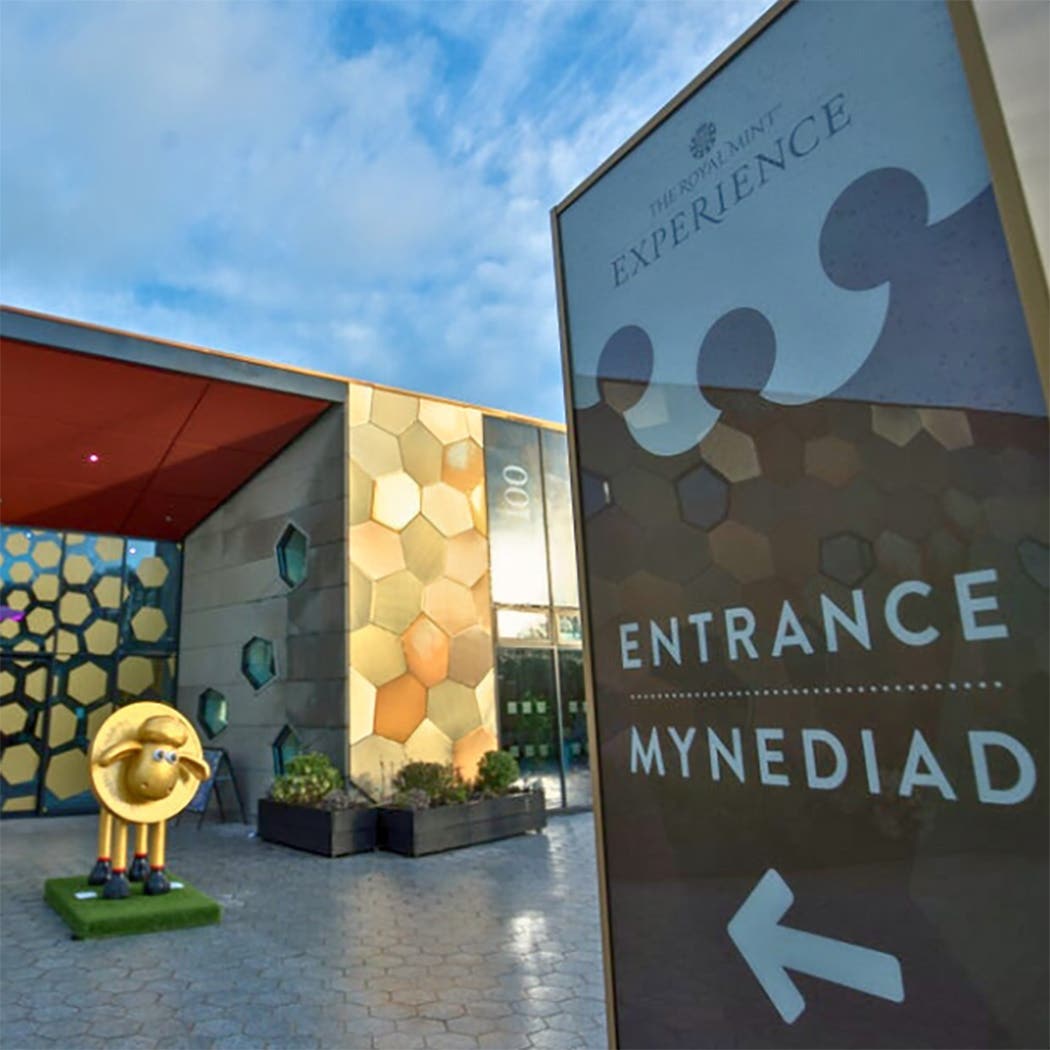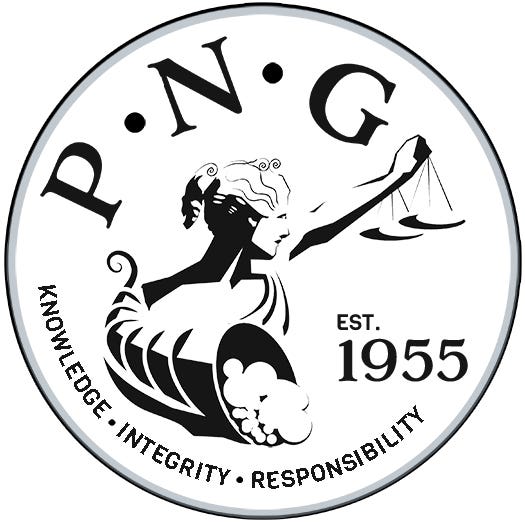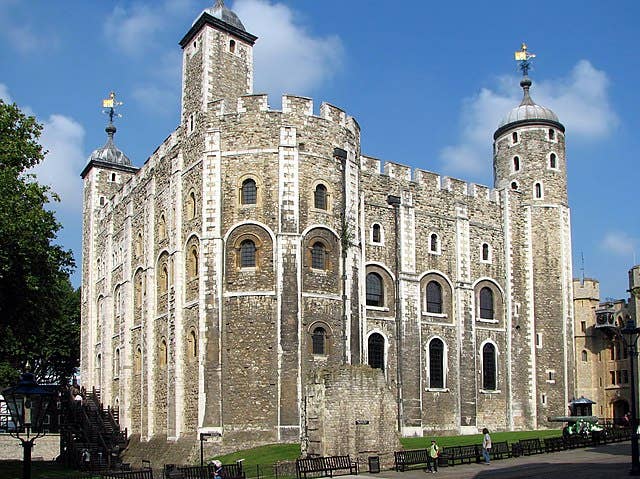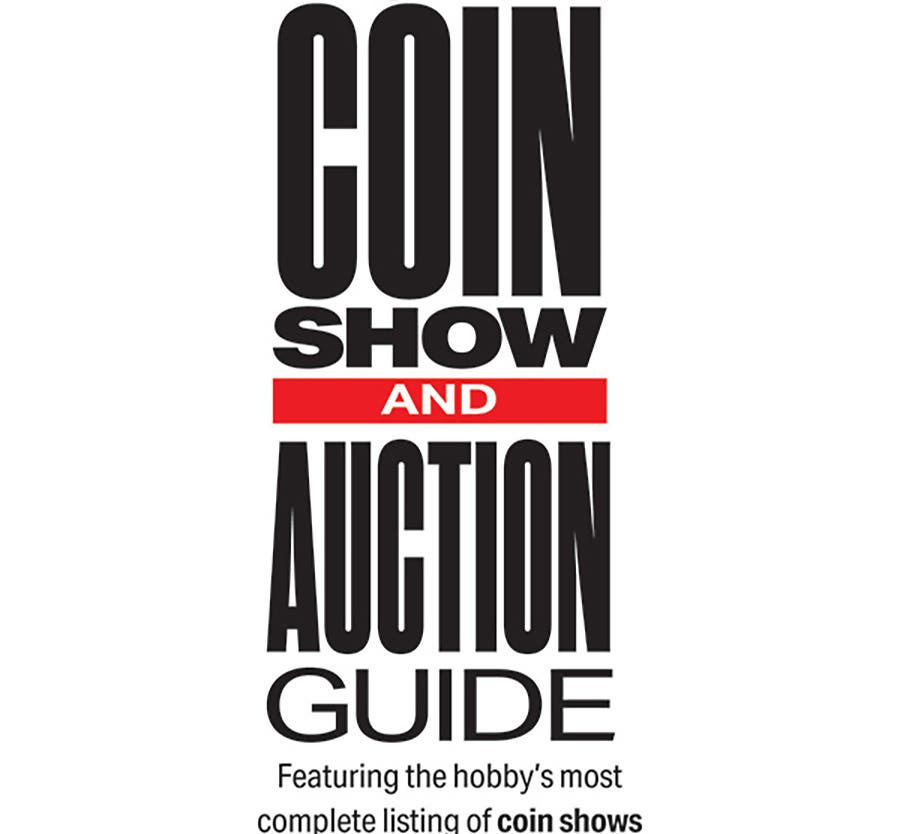Rosen Family honored at ANS dinner
The Rosen Family was honored Jan. 11 with the Trustees’ Award at the Annual American Numismatic Society Gala Dinner. Gathered together at the Harvard Club in New York City were…
The Rosen Family was honored Jan. 11 with the Trustees’ Award at the Annual American Numismatic Society Gala Dinner.
Gathered together at the Harvard Club in New York City were 180 friends of the ANS. Three generations of Rosens have supported the Society. The family was among the biggest contributors to the Society’s 1980s endowment campaign.
A.A. Rosen was named as benefactor in 1982, followed by his son Jonathan, who was honored for his extraordinary financial support a year later, a practice he has continued to the present.
Adam Rosen is now following in his father’s footsteps, both as a collector and a philanthropist. He is a serious collector of ancient art and coinage, sharing his father’s passion for Greek coins and especially electrum.
Jonathan Rosen joined the Society 45 years ago. He was elected Fellow in 1997 and has been a member of the Augustus B. Sage Society since 2006.
Executive Director Dr. Ute Wartenberg opened the evening by thanking the many supporters and sponsors of the Gala. Personal perspectives on the honorees were then offered by two longtime friends of the Rosens: Harlan J. Berk and David Hendin, first vice president of the ANS Board of Trustees.
Haim Gitler, a guest at the event and chief curator of Archaeology and Numismatics at the Israel Museum, fondly recalled that 30 years ago, when he arrived at the museum on his first day of work, he found on his desk his first assignment: to catalog a collection of 1,300 ancient coins just donated by Jonathan Rosen.
As one of the foremost collectors of Archaic coinage, Jonathan Rosen championed the publication of his collection, which was prepared by Nancy Waggoner, the ANS curator of Greek coins. It was published in 1983. The volume, Early Greek Coins from the Collection of Jonathan P. Rosen, is a classic that shows the breadth of collecting in one of the most obscure areas of numismatics.
Jonathan’s wife, Jeannette, has encouraged his interests. Together they support the Metropolitan Museum of Art, the Brooklyn Museum, the Israel Museum, Bible Lands Museum, and the Morgan Library and Museum, where they have endowed a chair, the Jeannette and Jonathan P. Rosen Curatorship in the Department of Ancient Near Eastern Seals and Tablets. They also are major benefactors to such educational institutions as Amherst College, where they help fund the Chair of American Studies for Henry Steele Commager, and Emory, Yale, Cornell, and Columbia universities, along with the Institute for the Study of the Ancient World at New York University.
In addition to their extraordinary, generous support of the ANS, the Rosens have greatly enhanced its collections with many important donations.
The ANS Annual Gala Dinner raised more than $210,000 for its research, publications and various programs. This includes $10,110 raised through its live auction, called by Melissa Karstedt of Stack’s Bowers Galleries.
An unexpected surprise was the auction of a gold necklace and jewelry ensemble on display from the Stack Family. The ensemble is made of ancient Greek and Roman coins, crafted by the premier 19th century French goldsmith-jeweler dynasty, the family Froment-Meurice.
Lawrence Stack promised to give whatever was raised over the reserve amount of $80,000 to the Society’s $4 million Campaign to Endow the Chair of the Executive Director.
This ensemble was on display at the dinner with the intention of letting people know it would be available through auction at a later date. However, some guests were so enthusiastic that they insisted on bidding on it that night.
Sotheby’s auctioneer David Redden volunteered on the spot to handle the bidding. The necklace was purchased for $120,000, with $40,000 going to support the ANS campaign.
This article was originally printed in Numismatic News Express. >> Subscribe today
More Collecting Resources
• More than 600 issuing locations are represented in the Standard Catalog of World Coins, 1701-1800 .
• The 1800s were a time of change for many, including in coin production. See how coin designs grew during the time period in the Standard Catalog of World Coins, 1801-1900 .




